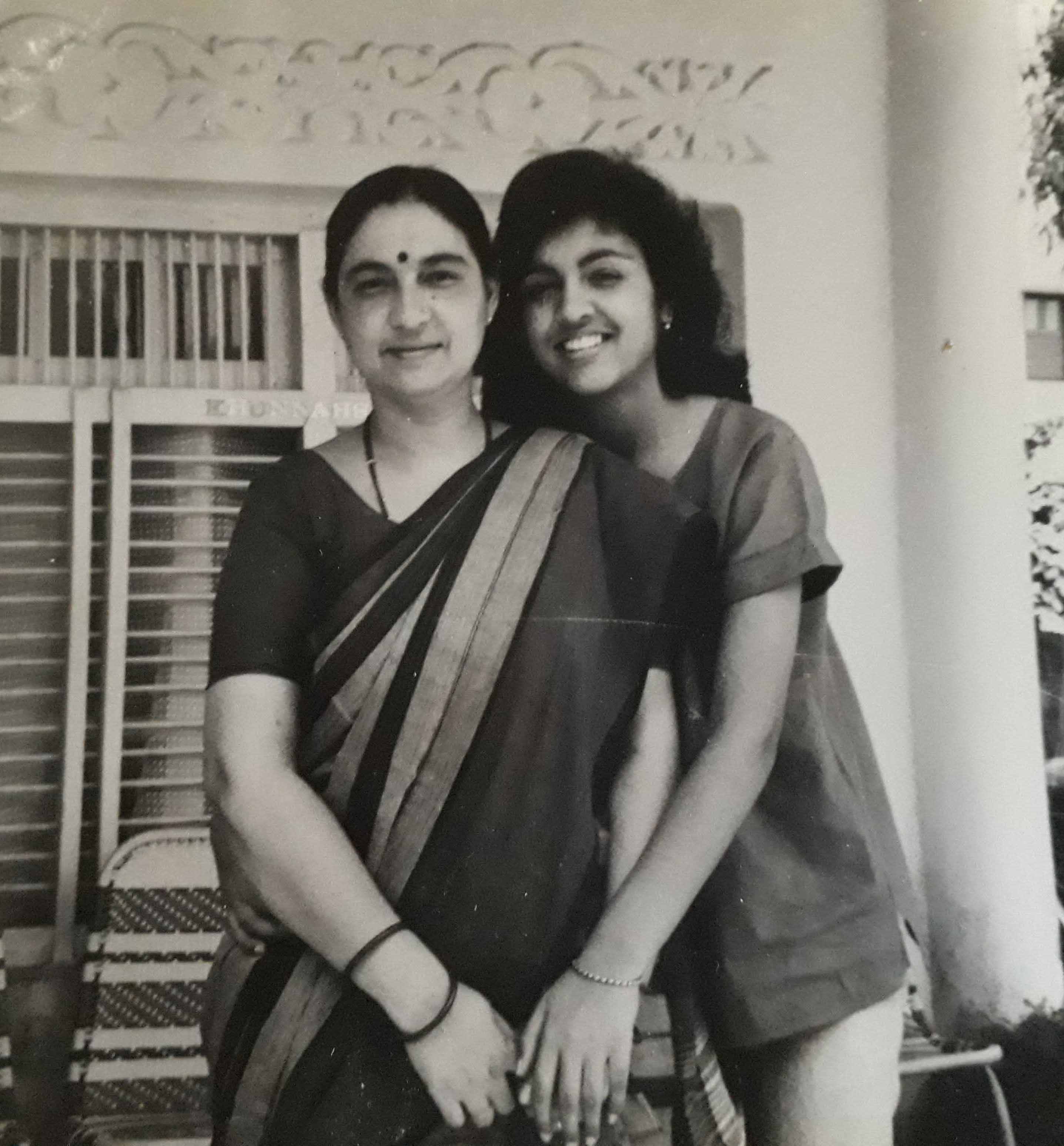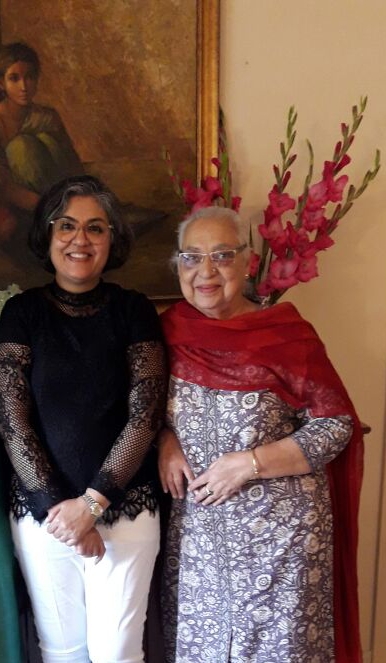In the Navratri diet Samak Chawal is a good replacement for rice eaters as it is not a cereal but a fruit. In fact, it can be eaten in every religious fast. It provides the nourishment and energy similar to rice.



Ever since my childhood, I’ve looked forward to the festival of Navratri. As a child I was not aware of the significance of the festival. It was the delicious food prepared by my mother during the festival that was the main appeal. Till date I don’t know why its called fasting. Most dishes are deep fried. Other dishes which include fruit, sabudana and vegetables are tasteful and full of flavour. The dishes I prepare today are mostly what my mother cooks. A few dishes I have learnt from neighbours and the extended family.
In my family we eat the ‘falhar’ or fasting food for the first seven days. On ‘Ahstmi’ or the eighth day, we do the pooja and have Sooji Halwa, Kale Chane and Puris for ‘parsad’.

Samak Rice or Echinochloa colona is a type of wild grass originating from tropical Asia. It is the wild ancestor of the cultivated cereal crop sawa millet. The grass occurs throughout tropical Asia and Africa in fields and along roadsides. In India seeds of this grass are used to prepare a food dish called khichadi consumed during festival fasting days of Navratri. ~ Wikipedia

Samak ke Chawal
Wild Millet Rice
Ingredients ~
1 cup samak chawal/rice
1 potato, boiled
1 green chilli
salt to taste
2 cups water
Method ~
1. Wash the samak chawal till the water is clear.
2. Chop the boiled potato into small cubes.
3. Cut the chilli finely.
4. In a pressure cooker, add 1 tablespoon oil. Saute the potatoes and the green chillies or alternatively use a heavy bottom pan with a lid.
5. Add the samak chawal and stir through.
6. Add two cups water and salt to taste.
7. Shut the pressure cooker lid and give one whistle. Remove from stove and let sit till the steam escapes.
8. Open the lid and gently fluff the rice with a fork.
~ If using a pan, add double the amount of water to the rice. When the water is absorbed, test a few grains to see if cooked through. Leave covered. Before eating, fluff with a fork.
~ Serve hot with Khatte Aaloo ki Sabji, Khatti Arbi ki Sabji, Raita, Imli Chutney and Fruit Chaat.

For more recipes of dishes cooked in my family during the Navratri festival, please read my post, Navratri Vrat Thali.
Most of the recipes are simple and quick to cook, yet are delicious.

